- special reduced price € 10
until 29 May, valid for all exhibitions currently on view, due to the rearrangement of selected galleries and the implementation of energy efficiency improvements to the buildings
- open € 18
valid for one year from the date of purchase
- free
– minors under 18 years of age;
– myMAXXI cardholders;
– on your birthday presenting an identity document;
– upon presentation of EU Disability Card holders and or accompanying letter from hosting association/institution for: people with disabilities and accompanying person, people on the autistic spectrum and accompanying person, deaf people, people with cognitive disabilities and complex communication needs and their caregivers, people with serious illnesses and their caregivers, guests of first aid and anti-violence centres and accompanying operators, residents of therapeutic communities and accompanying operators;
– MiC employees;
– journalists who can prove their business activity;
– European Union tour guides and tour guides, licensed (ref. Circular n.20/2016 DG-Museums);
– 1 teacher for every 10 students;
– AMACI members;
– CIMAM International Committee for Museums and Collections of Modern Art members;
– ICOM members;
– from Tuesday to Friday (excluding holidays) European Union students and university researchers in art history and architecture, public fine arts academies (AFAM registered) students and Temple University Rome Campus students;
– IED Istituto Europeo di Design professors, NABA Nuova Accademia di Belle Arti professors, RUFA Rome University of Fine Arts professors;
– upon presentation of ID card or badge: Collezione Peggy Guggenheim a Venezia, Castello di Rivoli Museo d’Arte Contemporanea, Sotheby’s Preferred, MEP – Maison Européenne de la Photographie;
Collection
MAXXI’s Collection of Art and Architecture represents the founding element of the museum and defines its identity. Since October 2015, it has been on display with different arrangements of works.



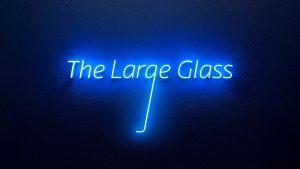

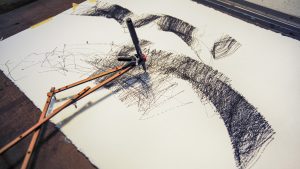
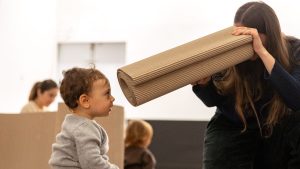





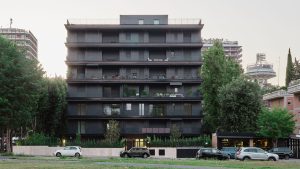
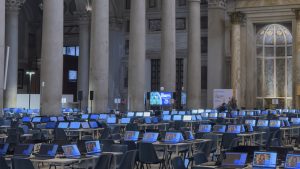


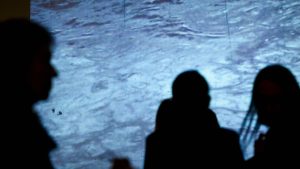

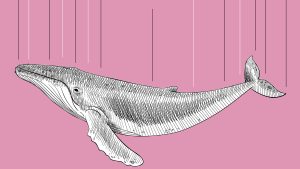

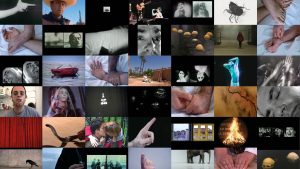
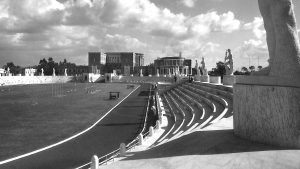
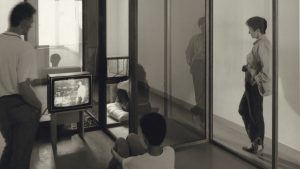



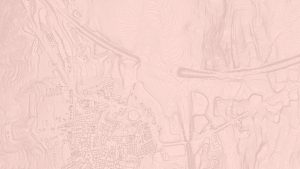
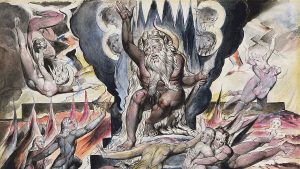
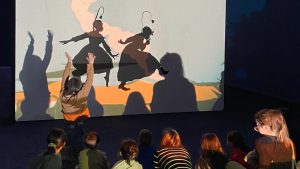
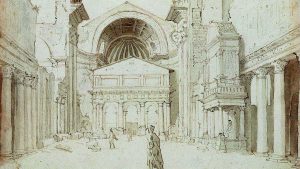
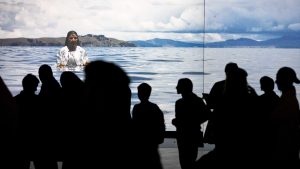





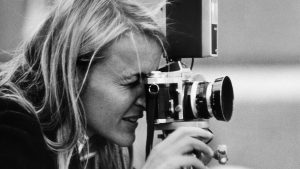
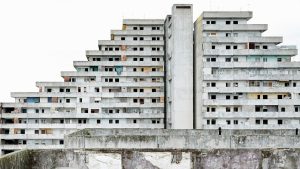
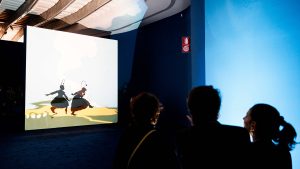


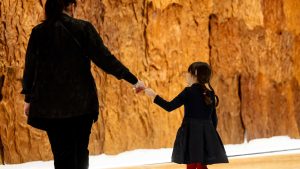
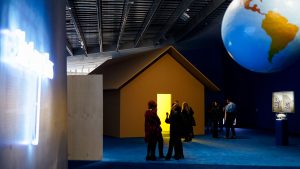


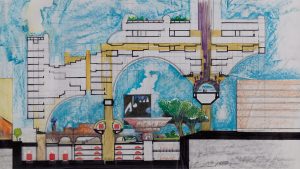
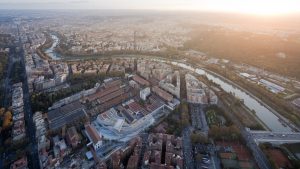
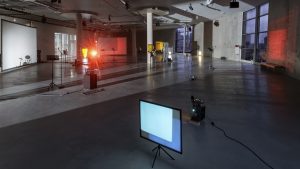

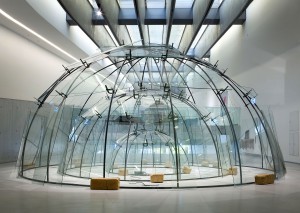
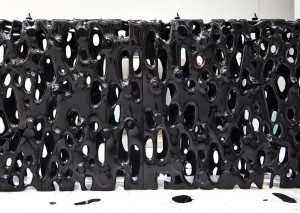
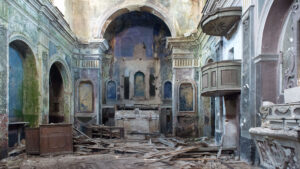

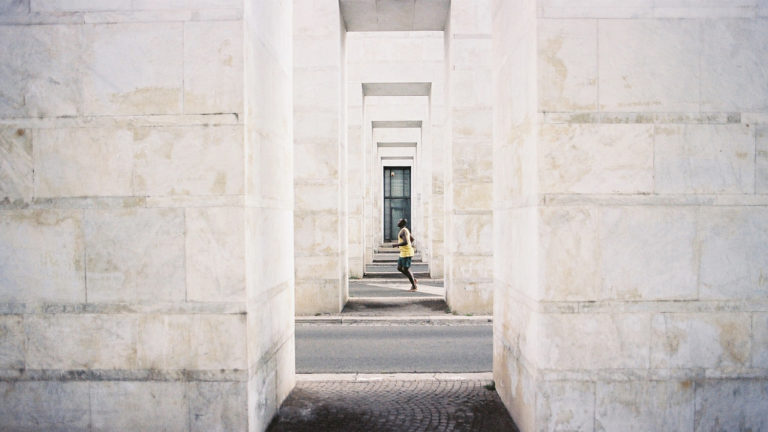
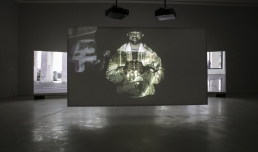
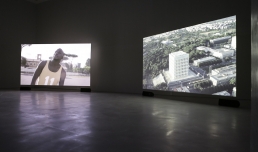
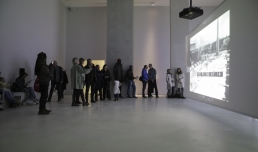
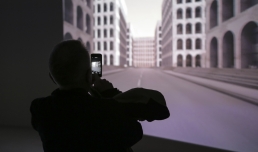
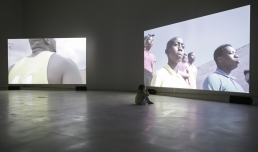
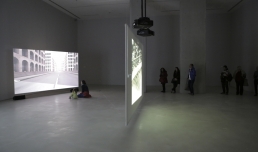
Carlo Scarpa Hall
curated by Pippo Ciorra, Elena Motisi
What role for sport in peace processes?
In 2016, the artists Nina Fischer (1965) and Maroan el Sani (1966) worked with the museum to make a film in various areas of the capital: Freedom of movement is a project that calls for integration between peoples as the driving force for social innovation and the civic and economic success of a country.
On the confine between video art, photography, installation and performance
Evoking the Olympic marathon from Rome 1960, in which the Ethiopian Abebe Bikila conquered the African continent’s first gold medal, running barefoot and becoming a sporting legend and a symbol of the Africa that was freeing itself of colonialism, the artists have recontextualised amidst Rome’s rationalist architecture, a new race involving refugees and immigrants staking a claim to their “freedom of movement”, also understood as the possibility of being welcomed in another country.
Freedom of Movement
three-channel video installation, HD, 9:45 min, 2017
Nina Fischer & Maroan el Sani.
Commissioned and co-produced by MAXXI
Funded by Medienboard Berlin-Brandenburg
Additional support for the production was provided by: Galerie Eigen+Art, Berlin/Leipzig and Galleria Marie-Laure Fleisch, Rome/Brussels
Special thanks to Liberi Nantes, Emmaus School of Maenza and FENDI
Technical contribution: Istituto Luce
credits: Nina Fischer & Maroan el Sani, video stills. Courtesy: Galerie Eigen+Art Berlin/Leipzig and Galleria Marie-Laure Fleisch, Rome/Brussels. Copyright: VG Bild-Kunst and the artists.